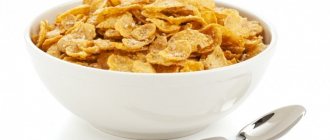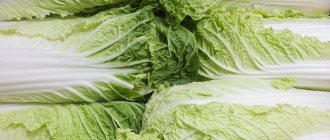During the lactation period, many foods are taboo. Cheese is considered the safest product for nursing mothers. Is it possible to have cheese while breastfeeding from the first month of life? In the article you will find answers to this question, as well as whether a nursing mother can have blue cheese or smoked cheese, and which varieties will be preferable for her.
Beneficial features
Whether cheese can be used when breastfeeding a newborn should be decided depending on the individual tolerance of the product by the woman and her child. But overall, this product has a lot of positive properties.
These include:
- Improving the functioning of the digestive system.
- Purifying the blood and stimulating the formation of new cells.
- Boosting immunity.
- Effect on the production of certain hormones.
- The protein in this product is easily digestible.
- Prevention of vitamin deficiency.
However, it is important to know what kind of cheese you can use while breastfeeding so that it brings the expected benefit and not harm.

How to choose cheese for a nursing mother?
If you love to eat cheese, choose it responsibly. Stick to hard and soft varieties, or prepare the product at home. Focus on other factors:
- Appearance. A fresh product of good quality has a uniform crust, without damage. It peels off easily from the cheese. Avoid chopped product: it quickly becomes chapped and sticky.
- Hue. In soft cheeses it is white without streaks or spots. In hard ones it is yellowish and uniform. The rich yellow or orange color comes from dietary supplements.
- Hole location. On a quality product they are evenly spaced. The exceptions are cheddar and parmesan, which do not have holes.
- Aroma. The cheese emits a light sour milk smell. The product should not contain any chemicals, yeast, or putrefactive processes.
- Taste. Tender, milky. Bitterness, rot, acid are signs of a stale product.
- Compound. Manufacturers rarely list the actual ingredients on the packaging. Cheap varieties contain vegetable fats and flavorings. Natural cheese contains only milk.
- Location on the counter. Take the product sold in the dairy department. Cheese absorbs flavors: there should be no meat or sausages nearby.
Whether a mother can have hard cheese while breastfeeding is determined by the quality of the chosen product. The more natural and fresh it is, the more benefits the baby will receive from its use.
Possible contraindications
Before answering the question of whether cheese is possible for breastfeeding, you need to understand what contraindications there are for this product. Not all people are allowed to eat cheese.
It's connected with:
- Additives. During lactation, doctors do not recommend eating dark varieties or processed cheeses.
- Penicillin. Blue cheese during breastfeeding can have a negative impact on the baby's health, since the antibiotic contained in this product passes directly into breast milk and subsequently destroys the baby's delicate digestive tract. In addition, at an older age it will be very difficult to choose an antibiotic, since antibacterial drugs in this group will cause addiction.
- Nitrates. This substance has a detrimental effect on the health of people with diseases of the genitourinary system, gastritis and pyelonephritis.
- Deterioration of milk production due to excess fluid, the accumulation of which is provoked by the consumption of cheese.
- Increased appetite. Women who watch their figure are better off not eating soft cheeses.
So what kind of cheese can a nursing mother eat? Read about it below.
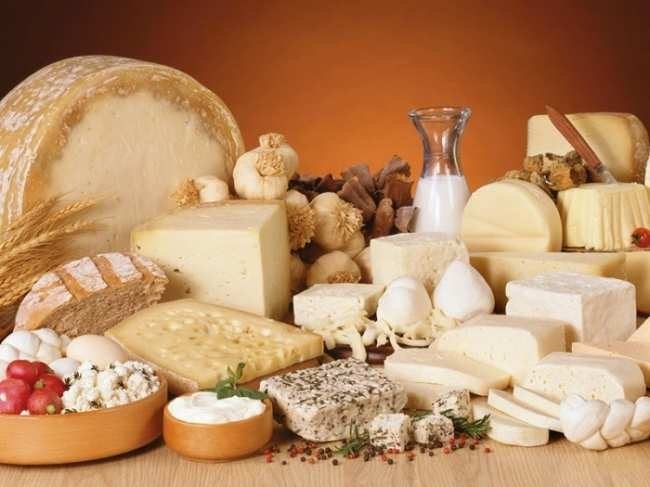
Is it possible to have cheese while breastfeeding?
Is it possible to eat cheese while breastfeeding? Of course, but only high-quality ones and a certain type of variety. Cheese has a positive effect on a woman’s digestion, supplies protein to her body, helps strengthen hair and nails, and normalizes water-salt balance. At the end of the day, it's just a delicious product.
What kind of cheese can a nursing mother eat, and what kind can’t?
So what kind of cheese can and can’t be given to a nursing mother?

You should not get carried away with unnatural cheese while breastfeeding; usually the packaging of such a cheese substitute says: “cheese product.” This one contains few useful components, but a lot of milk fat substitutes, additives, flavor enhancers and preservatives. The benefits for mother and baby are very doubtful.
Blue cheeses are also prohibited - they can have a bad effect on the mother’s digestion and cause colic in the baby. You should not buy smoked cheeses, processed cheeses with additives and high salt content.
- non-hard varieties like “Russian”.
- feta cheese.
- "Adyghe" cheese.
- low-fat “Ricotta” with goat or sheep milk.
- Fetu.
- other young cheeses.
The rule here is: the more natural the composition of the product, the better.
Cheese at home
You can make cheese yourself. Then you won’t have to doubt the quality. All you need:
- milk – 2.5-3 liters.
- a tablespoon of table salt.
- 3 tablespoons apple cider vinegar.
Milk is poured into an enamel saucepan and brought to a boil on the stove. Then add salt and vinegar to it and mix. The salt should dissolve and the milk should curdle. Then strain the milk through a sieve or cheesecloth. The whey is drained, but the curd remains. It needs to be placed under pressure for a couple of hours. It turns out to be an analogue of feta cheese. Tasty and healthy!
Which type of cheese to choose
How is each variety of this dairy product different? Let's figure out what the main differences are, as well as which one is best to use during lactation.
Durum varieties
This type is considered the most useful. Durum varieties are included in recipes for many common dishes. What distinguishes hard varieties from other varieties is the cooking technology and high fat content (50% or more). This group includes Parmesan, Russian, Cheddar.
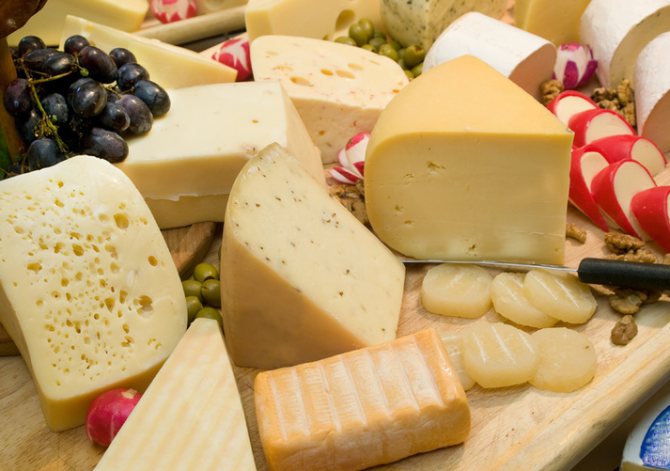
Soft varieties
They are made from fresh cow's milk, to which a specific starter is added. They are really very soft in consistency, there is a creamy note in the taste, and their fat content ranges from 40 to 45%.
One of the most popular types is Adyghe cheese; it is not recommended for those who want to lose excess weight while breastfeeding. For the same reason, it is best to exclude mozzarella from the diet when breastfeeding, or at least not to eat this variety too often. If the problem of excess weight is not acute, you can safely use this product, since mozzarella is a storehouse of useful vitamins and minerals.
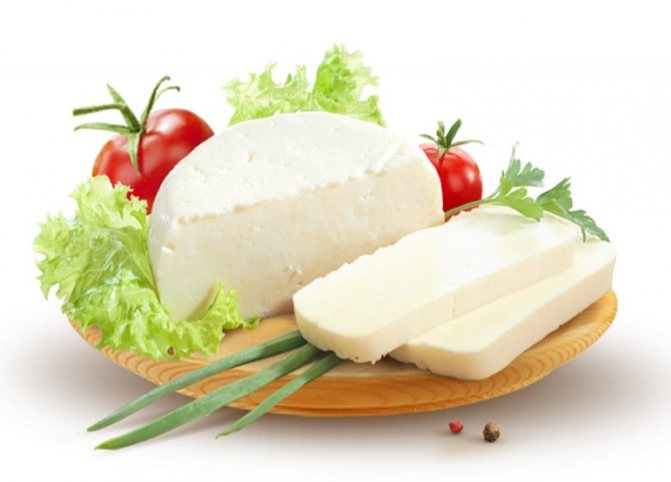
Fused
Is it possible to have processed cheese while breastfeeding, because it often contains many nutritional additives? It is processed from durum varieties; butter, milk (often powdered) and cream are added to the total mass. Processed cheese during breastfeeding is difficult for the body to digest. It is not recommended to use it during this period.
Can a nursing mother have processed cheese in dishes, for example, soups? In this case, there are no restrictions.
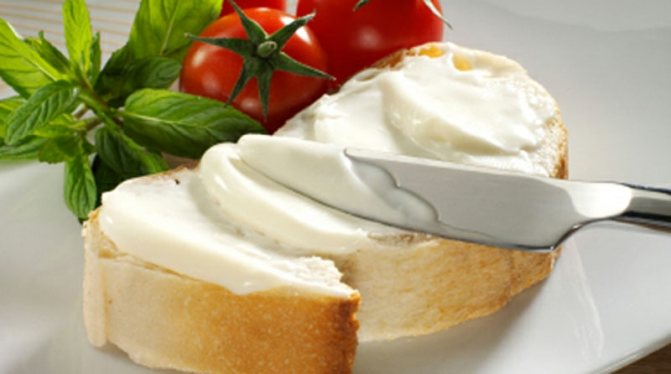
Smoked
Some types of hard cheese, such as Gouda, are used to make sausage cheese by smoking. It differs from other peculiar ones in its taste and brown crust, as well as its shape, reminiscent of smoked sausage. This is actually why it got its name.
When breastfeeding, it is best to consume sausage cheese closer to six months of the baby’s life, as it contains various additives.

Salty varieties
Another variety is the salted variety. They are not so popular due to their specific taste. They are made from not only cow's milk, but also sheep's and goat's milk. They are prepared in a saline solution, where they are kept for a certain period of time.
Salty cheese, such as feta cheese, is not recommended in large quantities when breastfeeding due to the fact that salt provokes swelling. For this reason, milk production is disrupted. But if you eat it little by little during the lactation period, the well-being of the mother and her child will only improve.
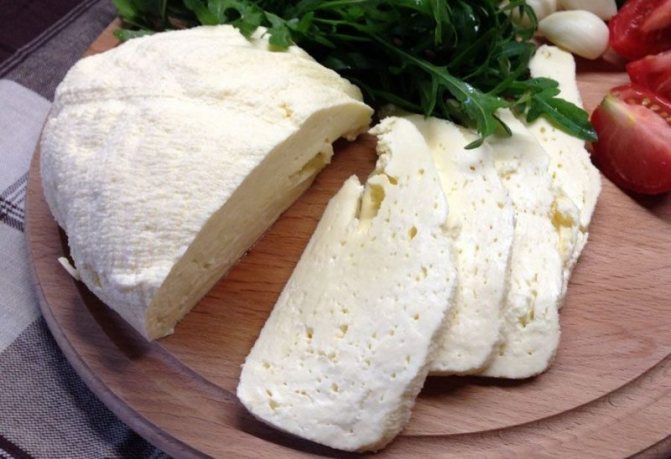
How to properly include it in your diet
Whether it is possible to eat cheese while breastfeeding, each mother must determine for herself. If she does not have dangerous diseases for which it is contraindicated, and the woman does not abuse the product, then it can be introduced into the menu fairly soon after giving birth. Many feeding specialists allow mothers to do this already in the first month of a baby’s life.
When starting to introduce a new dish into your diet, you need to be careful. For the first time, 30-40 g of this product is enough. It is important to note that it is best to start with low-fat and durum varieties without additives. For the first time, exclude processed cheeses and moldy foods from the menu.
It’s better to eat Adyghe cheese during breastfeeding, as well as feta cheese, mozzarella and your other favorite varieties, but follow the norm in everything. If your toddler reacts poorly, you can replace the cheese with cottage cheese.

Recipe for nursing mothers
Homemade cheese is very useful, which you can prepare simply and quickly with your own hands. Please not only yourself and your baby, but also the rest of the household.
What you will need:
- milk (half a liter);
- 125 g curdled milk or natural yoghurt
How to cook:
- Boil the milk.
- Add yogurt or curdled milk to the boiling liquid.
- Bring to a boil again and immediately turn off the heat.
- Skim off the cream and strain.
- Put them under pressure.
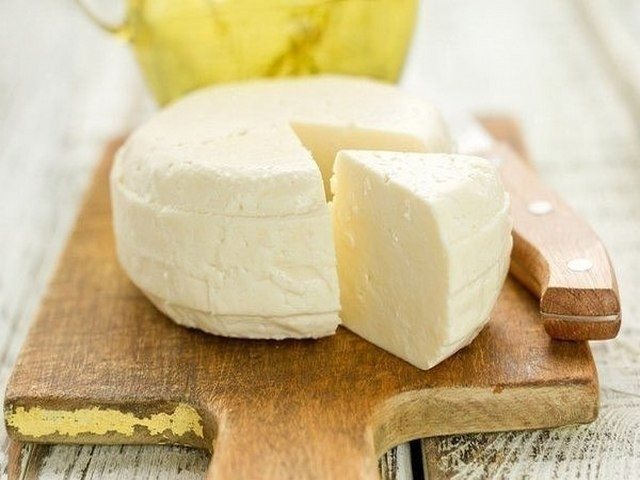
It is definitely impossible to say whether a nursing mother can eat cheese, because it depends individually on each woman. This milk-based product contains a lot of useful substances.
However, there are contraindications for nursing women. It is important to note that not all varieties are allowed during lactation. It is best to learn how to prepare your own homemade product and gradually introduce it into the diet from the first month of a child’s life.
How to make cheese for a nursing mother at home?
Making your own cheese is not difficult. There are many recipes with minimal investment of money, time and effort.
From sour cream and milk
The product is similar to the Adyghe one with a delicate milky taste. You will need:
- 1 liter of milk;
- 0.2 l sour cream;
- 3 eggs;
- 2 tsp salt.
Preparation:
- Boil the milk.
- Separately, mash the sour cream and eggs. It is better to mix with a mixer so that the mass is homogeneous.
- Slowly pour the sour cream and egg mixture into the boiling milk, stirring constantly.
- After 3-5 minutes the whey will separate. Line a colander with 4 layers of gauze and pour the whey and cheese lumps into it.
- Wrap the ends of the gauze and place pressure on top.
- Let the liquid drain for an hour.
- Place the product in the refrigerator.
- After 5 hours the cheese is ready.
It’s convenient to prepare it overnight so you can serve it for breakfast in the morning.
Creamy
The product turns out tender, similar to Philadelphia. It has a sweetish taste and a soft, uniform consistency. You will need:
- 0.5 liters of sour cream;
- 1 liter of unflavored yogurt;
- 1 tsp salt.
Preparation:
- Mix yogurt and sour cream well. Add some salt.
- Line the colander with gauze, taken in 4-5 layers.
- Add yogurt and sour cream.
- Cover with the edges of gauze, place a plate and weight on top.
- Place in the refrigerator overnight.
- In the morning, take out the finished product and transfer it to another bowl.
This cheese without added salt is used to make baking cream and is great for baked cheesecake.

It's easy to make processed cheese from cottage cheese. Mushrooms, tomatoes, spices, herbs, bacon, etc. are suitable as flavoring additives. It is used for salads, baked goods, pizza. For preparation you will need the following ingredients:
- 0.4 kg cottage cheese;
- 0.1 kg butter;
- 2 eggs;
- 1 tsp soda
Preparation:
- Grind the cottage cheese through a sieve to obtain a homogeneous mass.
- Mix eggs with soda.
- Add softened butter to the egg mixture.
- Mix all ingredients and place in a non-stick pan.
- Place the food on the fire.
- Stir so they don't burn.
- When the mass softens and becomes homogeneous, remove the cheese from the heat and transfer to a bowl to cool.
- When the product reaches room temperature, put it in the refrigerator.
The finished cheese has a yellowish tint and a fresh taste of a processed dairy product.
If you have goat's milk, make goat cheese. You will need:
- 2 liters of goat milk;
- 1 lemon;
- a pinch of salt.
Preparation:
- Wash the lemon and put it in hot water for a quarter of an hour. Roll the fruit on the table.
- Salt the milk.
- Heat the liquid, but do not boil. When bubbles form in the milk, add lemon juice to it.
- Stir to form whey.
- Place gauze in a colander in 4 layers.
- Place it over a container and drain the milk.
- Leave the cheese for 1 hour to drain the whey.
- Transfer the finished product into a container and put it in the refrigerator.
To obtain hard cheese, place pressure on top.
Mommy must replenish calcium reserves in her body every day. This can be done quickly with cheese: it contains 10 times more trace elements than milk. But be careful when choosing product varieties. Choose high-quality hard or soft cheeses, avoiding pickled and flavored cheeses. Or prepare the product yourself: this way you will be sure of its composition and safety for health.

